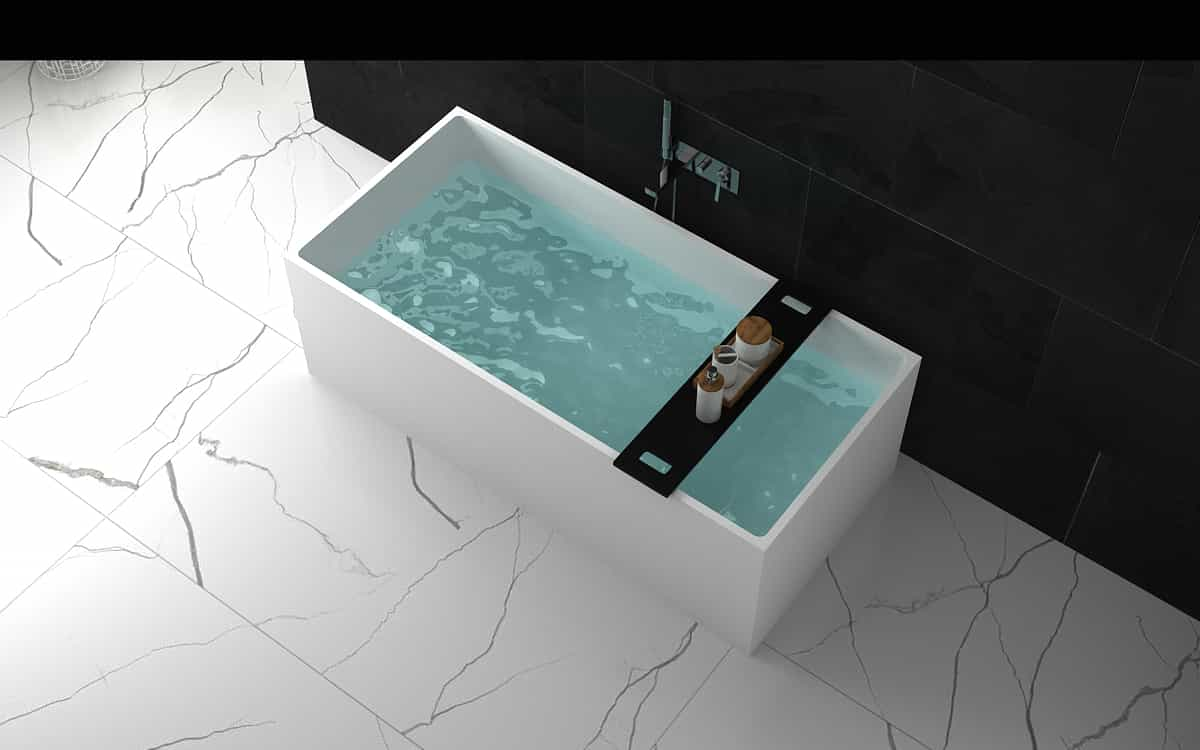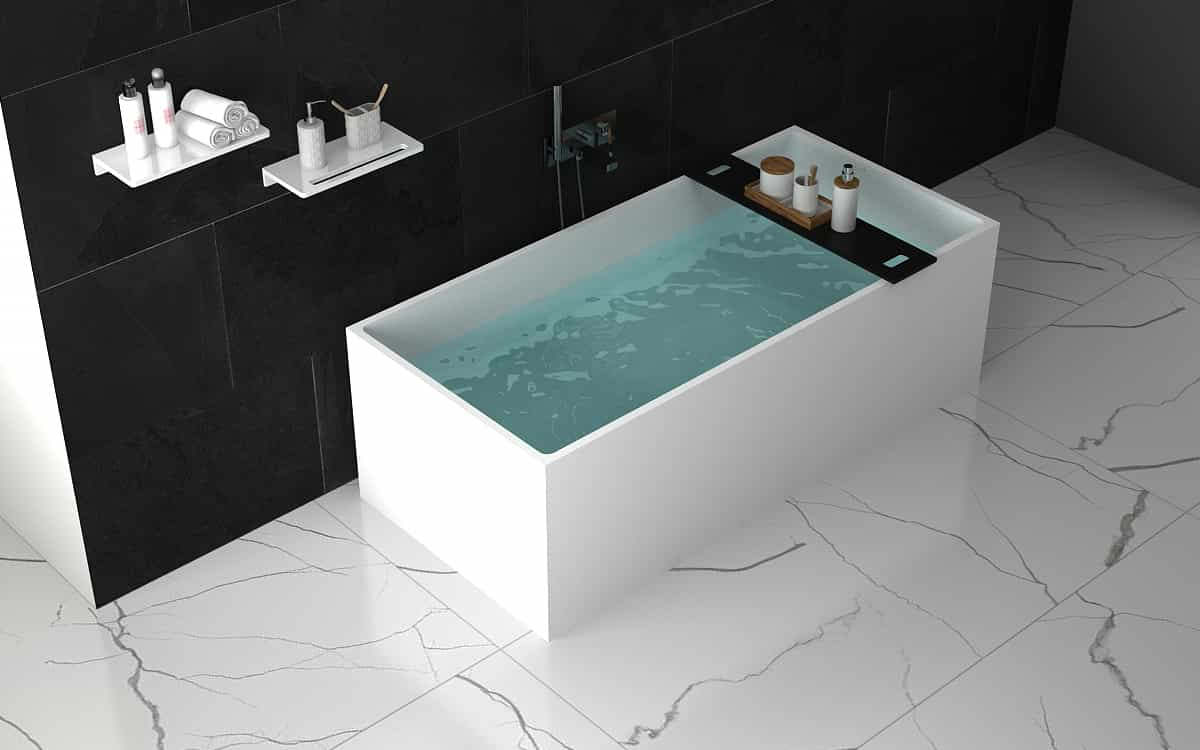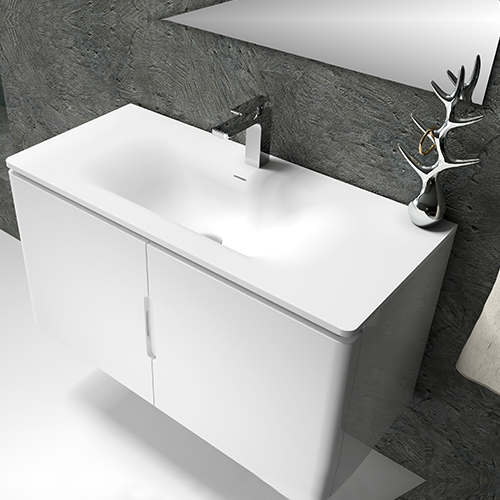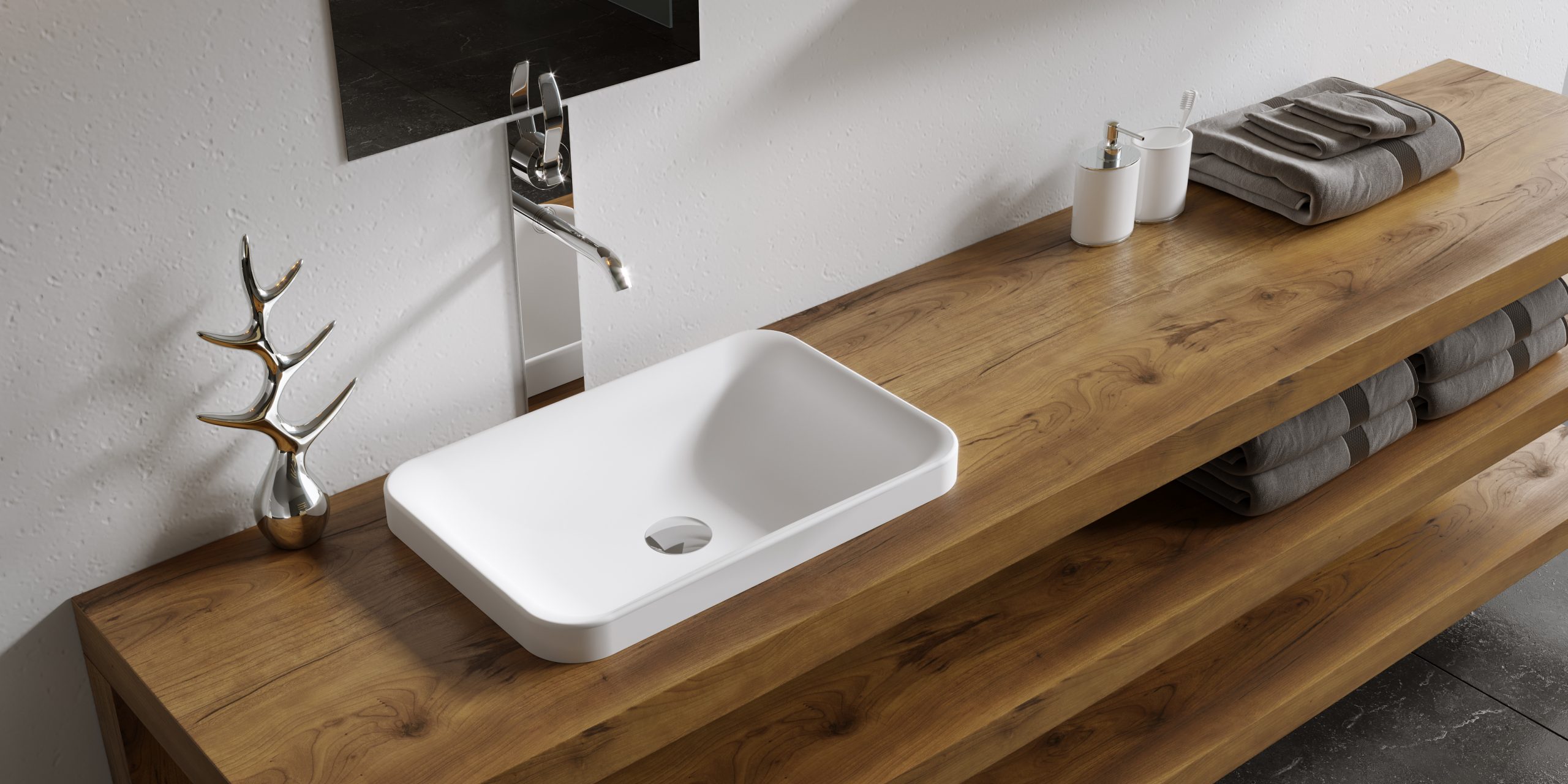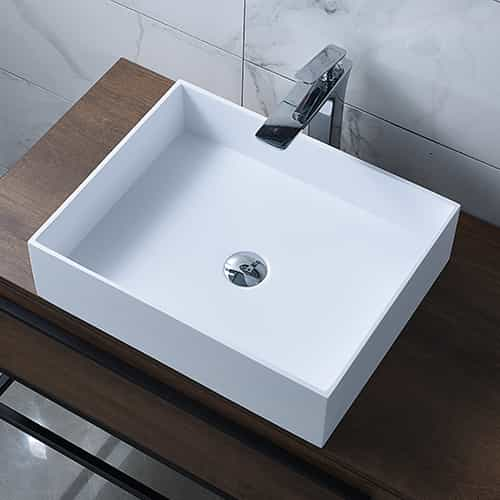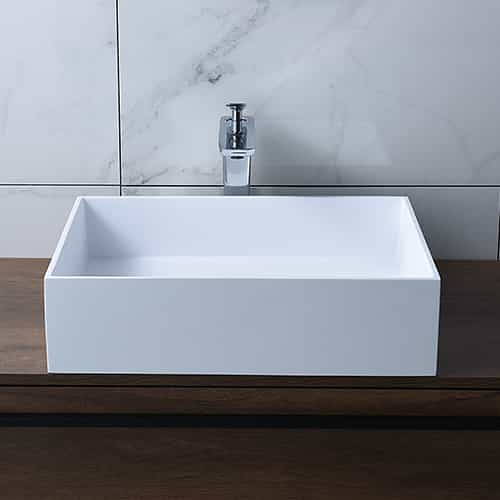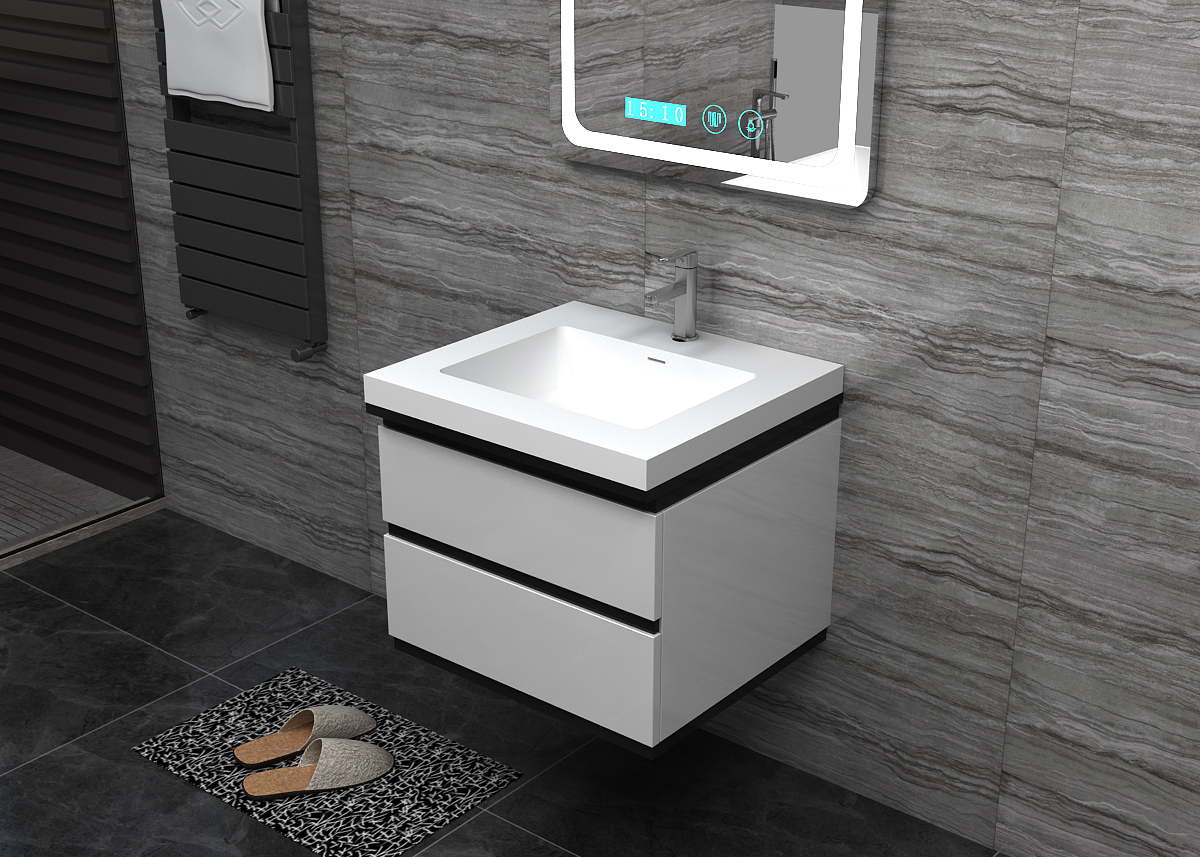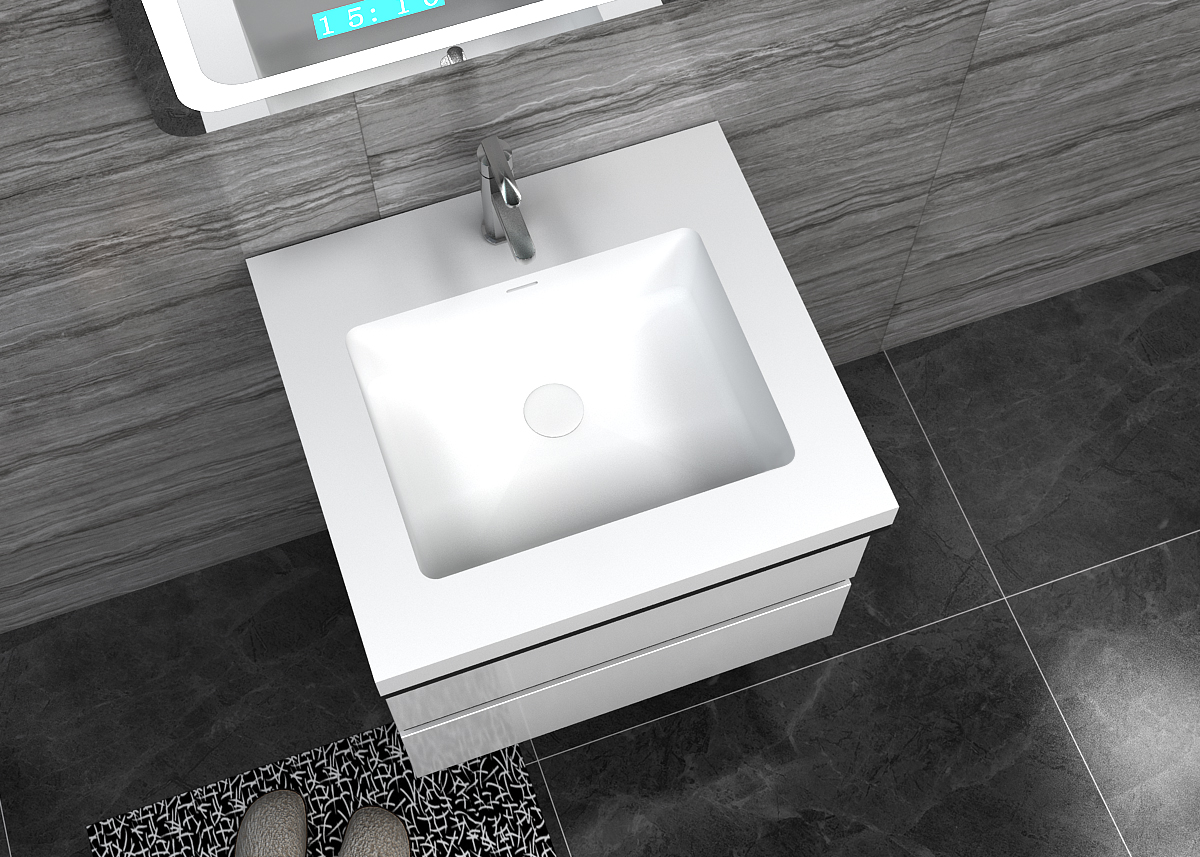
The toilet, also known as the toilet, is the main sanitary ware for sewage discharge in every household, and is an indispensable daily necessities in our life. Different toilets have different installation methods. Before installation, you must know which installation method should be used for the purchased toilet, so that the installation can be carried out smoothly. Next, I will tell you about the installation process and installation precautions of the toilet, hoping to help everyone.
what is toilet
The official name of the toilet is the toilet, which is a covered bucket for defecation. The invention of the toilet is called a great invention, it solves the problem of people’s own laxation, but some people think that the flush toilet is the root of all evil, because it consumes a lot of domestic water. There are many classifications of toilets, including split and conjoined. With the development of science and technology, many novel varieties have also appeared. There are two drainage methods for toilets: bottom drainage and rear drainage. Before buying a toilet, you must first find out what kind of drainage is in the toilet. According to different drainage methods, determine the installation size.
Toilet installation process
1. Unpack the toilet, take it out, and connect the hose to the back end of the toilet. (The installation accessories of the toilet are mainly angle valves and hoses, which can be purchased by yourself or negotiated with the merchant).
At this point, as the homeowner, you can check the toilet for damage.
2. Use a ruler to measure the distance between the wall and the ground sewage outlet. After measurement, the distance between the wall of the owner’s bathroom in the blue room and the sewage outlet is 400mm, which is just suitable for the 400 hole distance of the toilet. The installation master saves a lot of trouble. If the distance is 300mm after measurement, you can choose the 300 hole distance on the toilet. In special cases, a shifter is also required. In most cases, the current houses are designed with a distance of 400mm.
3. The installation master takes a rag and wipes the ground around the sewage outlet to facilitate the installation of the toilet.
At this time, the homeowner can cooperate with the installer to close the tap water valve of the bathroom.
4. Install the angle valve. After that, place the toilet above the sewage outlet, and after comparison, draw a line along the edge of the toilet with a pencil for easy installation. Then, put the toilet next to it.
5. Apply glass glue along the pencil line. (This installation method is currently used more often. It is simple, strong and beautiful. It is much more advanced than the previous method of building cement platforms.)
6. Two installers carefully put the toilet on the glass glue, and compare it with the sewage outlet on the ground. After installing, compact the glass glue overflowing from the side of the toilet to keep it beautiful.
7. Tighten the angle valve and hose connection with a wrench.
8. Turn on the tap water valve, supply water, and ask the homeowner to check the water tank.
9. Homeowners test the waters.
After the installation is complete, the installer will instruct the homeowner to wait 2-3 days after the glass glue dries before using the toilet.
Precautions for installing toilet
Before installation, Master Ying will conduct a comprehensive inspection of the sewage pipes to see if there are mud, sand, waste paper and other debris in the pipes. At the same time, check whether the ground at the toilet installation site is level. Level the ground. Saw the drain port short, and make the drain port 2mm-5mm above the ground as much as possible if conditions permit.
Pay attention to check whether the return water bend is glazed. After choosing the appearance of the toilet you like, you must not be confused by the fancy toilet style. The most important thing is to look at the quality of the toilet. The glaze of the toilet should be clean and smooth without obvious defects. Clear, all kinds of accessories are complete, and the shape is not deformed. In order to save costs, many toilets have no glaze in the return water bend, and some use gaskets with low elasticity and poor sealing performance. Such toilets are prone to scaling and clogging, and are also prone to water leakage. Therefore, when buying, put your hand into the dirty mouth of the toilet and touch it to see if it is smooth.
Judging from the way of flushing water, the toilets on the market can be divided into two types: siphon type and open flush type (that is, direct flush type), but at present the main type is siphon type. The siphon toilet has a siphon effect while flushing water, which can quickly drain the dirt. The diameter of the sewer pipe of the direct flush toilet is large, and the larger dirt is easy to flush down. They have their own advantages and disadvantages, so the actual situation should be considered when purchasing.
The installation will start after the face-to-face acceptance of the goods is received. Before the toilet leaves the factory, it should go through strict quality inspection, such as water testing, visual appearance, etc. The products that can be sold in the market are generally qualified products, but remember, no matter how big the brand is, it must be opened in front of the merchant. Box inspection, check whether there are obvious defects and bruises, and whether there is color difference in each part.
Check and adjust the ground level. After buying a toilet and a soft seal with the same wall distance, you can start to install it. Before installing the toilet, a comprehensive inspection of the sewage pipes should be carried out to see if there are mud, sand, waste paper and other sundries in the pipes. Level the ground. Saw the drain port short, and make the drain port 2mm-5mm above the ground as much as possible if conditions permit.
After the toilet is installed, you should wait until the glass glue (putty) or cement mortar is cured before using it with water. The curing time is generally 24 hours. If an unprofessional person is invited to install, usually in order to save trouble, the construction personnel will directly use cement as the adhesive. , The cement itself is expansive, and after a long time, this method may cause the base of the toilet to crack, and it is not easy to maintain.
After debugging and installing the water tank accessories, check for leaks. Check the tap water pipe first, flush the pipe with water for 3-5 minutes to ensure the cleanliness of the tap water pipe; then install the angle valve and connecting hose, then connect the hose to the water inlet valve of the installed water tank accessories and connect the water source to check the water inlet Whether the water inlet and seal of the valve are normal, whether the installation position of the drain valve is flexible and free of jamming.
Finally, test the sewage effect of the toilet. The method is to install the accessories in the water tank, fill it with water, and try the flushing of the toilet. There is a blockage.







